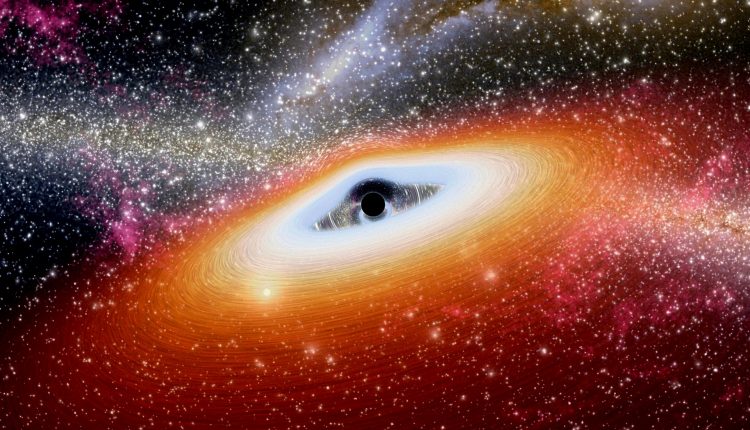Astronomers Find a Supermassive Black Hole…And it’s Moving
It’s been long expected that supermassive black holes wander through space, but seeing it is the hard part. The Center for Astrophysics | Harvard & Smithsonian researchers have identified the clearest case to date of a supermassive black hole in motion. Their results are published in the Astrophysical Journal.
Most don’t move, give their size. The collaborators worked to observe this rare occurrence for five years by comparing the velocities of supermassive black holes and galaxies. The team surveyed 10 distant galaxies and the supermassive black holes at their cores. They studied black holes that contained water within their accretion disks, the spiral structures that spin inward towards the black hole. When the water orbits around the black hole, it produces a laser-like beam of radio light known as a maser.
When studied using a technique known as very long baseline interferometry (VLBI), masers can help measure a black hole’s velocity very precisely. The technique helped the team see that 9 of the 10 supermassive black holes were at rest — but one was in motion. Located 230 million light-years away from Earth, the black hole is at the center of a galaxy named J0437+2456 and it has a mass approximately three million times that of our Sun.
Follow-up observations with Arecibo and Gemini Observatories confirmed initial findings. The supermassive black hole is moving approximately 110,000 miles/hr. inside galaxy J0437+2456.
The team suspects there are two possibilities for the movement. It may be because two supermassive black holes merged. Even more exciting, the black hole may be part of a binary system. Further observations will ultimately be needed to pin down the true cause.

